Home>Garden Essentials>Garden Plants>How To Freeze Thyme And Rosemary
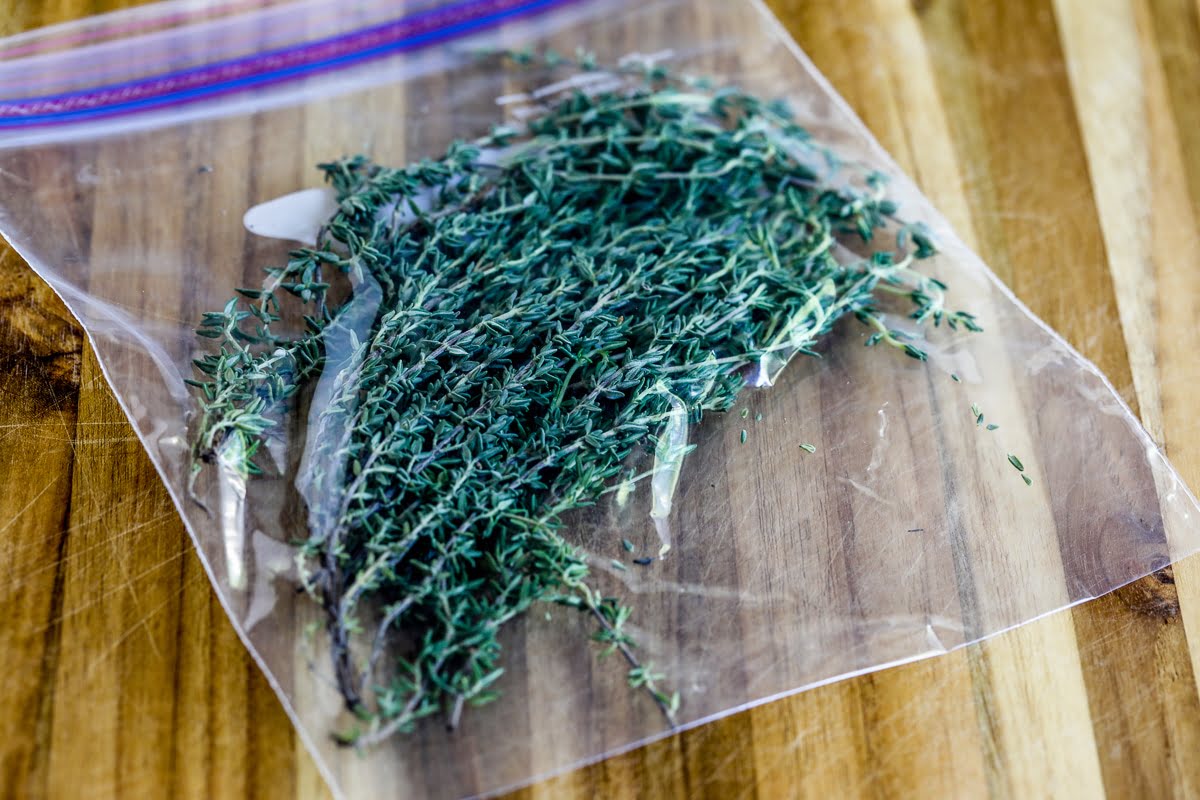

Garden Plants
How To Freeze Thyme And Rosemary
Modified: March 19, 2024
Learn the easiest method to freeze thyme and rosemary plants and enjoy fresh herbs all year round. Preserve the flavors and aromas of your favorite herbs with simple steps.
(Many of the links in this article redirect to a specific reviewed product. Your purchase of these products through affiliate links helps to generate commission for Storables.com, at no extra cost. Learn more)
Introduction
Thyme and rosemary are two popular herbs that add incredible flavor and aroma to a wide variety of dishes. Whether you’ve grown them in your garden or purchased fresh herbs from the store, you may find yourself with an abundance of thyme and rosemary that you can’t use up immediately.
Fortunately, freezing thyme and rosemary is a simple and convenient way to preserve their freshness and extend their shelf life. By properly freezing these herbs, you can ensure that you always have them on hand to enhance your cooking, even long after the growing season is over.
In this article, we will delve into the step-by-step process of freezing thyme and rosemary, along with some helpful tips to ensure the best results. So, let’s get started!
Key Takeaways:
- Preserve the vibrant flavors of thyme and rosemary by freezing them in easy steps. Enjoy the convenience of having these herbs on hand year-round for all your culinary creations.
- Follow simple tips to ensure the best results when freezing herbs. From choosing high-quality herbs to proper storage, enjoy the convenience of frozen herbs in your cooking adventures.
Read more: How To Store Rosemary And Thyme
Freezing Thyme
Thyme is a versatile herb that is widely used in culinary applications due to its earthy and slightly minty flavor. Freezing thyme is an excellent way to preserve its freshness and vibrant taste.
Here’s a simple guide on how to freeze thyme:
- Start by harvesting the thyme from your garden or buying fresh sprigs from the store. Look for vibrant green leaves and avoid any wilted or discolored ones.
- Gently wash the thyme sprigs under cold water to remove any dirt or debris. Pat them dry with a paper towel to remove excess moisture.
- Prep the thyme by removing the leaves from the stems. This can be done by holding the top of the sprig with one hand and running your fingers down the stem in the opposite direction of the leaves. The leaves should easily slide off.
- Spread the thyme leaves in a single layer on a baking sheet lined with parchment paper. Make sure the leaves are not touching each other, as this will help prevent them from clumping together during freezing.
- Place the baking sheet with the thyme leaves in the freezer and let them freeze for about 2 hours or until they are fully frozen.
- Once the thyme leaves are frozen, transfer them into a freezer-safe container or freezer bag. Label the container with the date and the name of the herb for easy identification.
- Return the container to the freezer and use the frozen thyme within 6 to 12 months for optimal flavor. Thyme can be used directly from frozen in most recipes, making it easy to add to soups, stews, roasted vegetables, and more.
By following these simple steps, you can enjoy the flavor and aroma of freshly harvested thyme all year round.
Freezing Rosemary
Rosemary is a fragrant herb that brings a distinctive pine-like flavor to dishes. If you have an abundance of rosemary that you want to preserve, freezing is an excellent method to retain its flavor and aroma.
Here’s a step-by-step guide on how to freeze rosemary:
- Start by harvesting fresh rosemary sprigs from your garden or buying them from the store. Look for sprigs with vibrant green leaves and avoid any that are wilted or discolored.
- Gently wash the rosemary sprigs under cold water to remove any dirt or debris. Pat them dry with a paper towel to remove excess moisture.
- Decide on the freezing method that suits your needs. There are two primary methods: freezing whole sprigs or freezing individual rosemary leaves.
- If you choose to freeze whole sprigs, place them in airtight freezer bags or containers. It’s a good idea to separate the sprigs into small portions, so you can easily take out the desired amount when needed.
- If you prefer to freeze individual leaves, remove them from the stem by holding the top of the sprig with one hand and running your fingers down the stem in the opposite direction. The leaves should easily separate.
- Spread the rosemary leaves in a single layer on a baking sheet lined with parchment paper. Ensure that the leaves are not touching each other, as this will prevent them from sticking together during freezing.
- Place the baking sheet with the rosemary leaves in the freezer and let them freeze for about 2 hours or until fully frozen.
- Transfer the frozen rosemary sprigs or leaves into airtight freezer bags or containers. Label them with the date and the name of the herb for easy identification.
- Store the rosemary in the freezer and use it within 6 to 12 months for the best flavor. Frozen rosemary can be added directly to recipes without thawing.
By following these simple steps, you can enjoy the fresh taste and aroma of rosemary all year long.
To freeze thyme and rosemary, remove the leaves from the stems, place them in an airtight container or freezer bag, and store in the freezer for up to 6 months.
Tips for Freezing Herbs
Freezing herbs is a convenient and effective method for preserving their flavor and aroma. To ensure the best results when freezing any herb, including thyme and rosemary, consider the following tips:
- Choose fresh and high-quality herbs: The flavor and aroma of your herbs will be preserved best if you start with fresh, vibrant, and high-quality herbs. Harvest them from your garden when they are at their peak, or purchase fresh herbs from a trusted source.
- Wash and dry herbs thoroughly: Before freezing herbs, it’s essential to wash them gently under cold water to remove any dirt or debris. After washing, pat them dry with a paper towel to remove excess moisture.
- Remove any tough stems or woody parts: Some herbs, like rosemary, may have tough stems or woody parts that can affect the texture when thawed. Consider removing these parts before freezing to ensure a better culinary experience.
- Choose the right method for freezing: Different herbs may require different freezing methods. Some herbs, like thyme, can be frozen as individual leaves, while others, like basil, are better frozen in oil or water. Research the specific needs of each herb before freezing.
- Label and date your frozen herbs: To avoid confusion later on, label your freezer bags or containers with the name of the herb and the date of freezing. This will help you keep track of the freshness and ensure you use the herbs within the recommended time frame.
- Freeze herbs in small portions: It’s beneficial to freeze herbs in small, manageable portions. This way, you can easily take out the desired amount when needed without having to thaw the entire batch.
- Consider blanching for some herbs: Blanching is a process that involves briefly boiling herbs before freezing them. This helps preserve the color, flavor, and texture of certain herbs, such as basil and parsley. Research whether blanching is recommended for the herbs you want to freeze.
- Store herbs properly in the freezer: Once frozen, herbs should be stored in airtight freezer bags or containers to prevent freezer burn and maintain optimal freshness. Make sure to remove as much air as possible from the bags before sealing them.
- Use frozen herbs directly in recipes: One of the great advantages of freezing herbs is that they can be used directly from the freezer. There’s no need to thaw them beforehand. Simply measure out the desired amount and add them to your dish while cooking.
By following these tips, you can ensure that your frozen herbs retain their flavor, fragrance, and quality for an extended period, allowing you to enjoy their freshness in your culinary creations throughout the year.
Conclusion
Freezing herbs, such as thyme and rosemary, is a wonderful way to preserve their flavors and aromas for future culinary adventures. Whether you have an abundance of herbs from your garden or want to make the most of store-bought herbs, freezing allows you to extend their shelf life and enjoy them year-round.
By following the step-by-step guides and tips mentioned in this article, you can confidently freeze thyme and rosemary while maintaining their freshness and quality. From freezing individual leaves to storing whole sprigs, the methods are simple yet effective in preserving the essence of these herbs.
Remember to always start with fresh and high-quality herbs, wash and dry them thoroughly, and choose the appropriate freezing method. Labeling and dating your frozen herbs will help you keep track of their freshness, and freezing them in small portions ensures easy access when needed.
Whether you’re adding thyme to soups and stews or infusing the fragrance of rosemary into roasted dishes, having frozen herbs on hand allows you to elevate your culinary creations with minimal effort.
So, don’t let your excess herbs go to waste. Freeze them and unlock a world of flavors and aromas that will enhance your cooking and delight your taste buds all year long!
Frequently Asked Questions about How To Freeze Thyme And Rosemary
Was this page helpful?
At Storables.com, we guarantee accurate and reliable information. Our content, validated by Expert Board Contributors, is crafted following stringent Editorial Policies. We're committed to providing you with well-researched, expert-backed insights for all your informational needs.
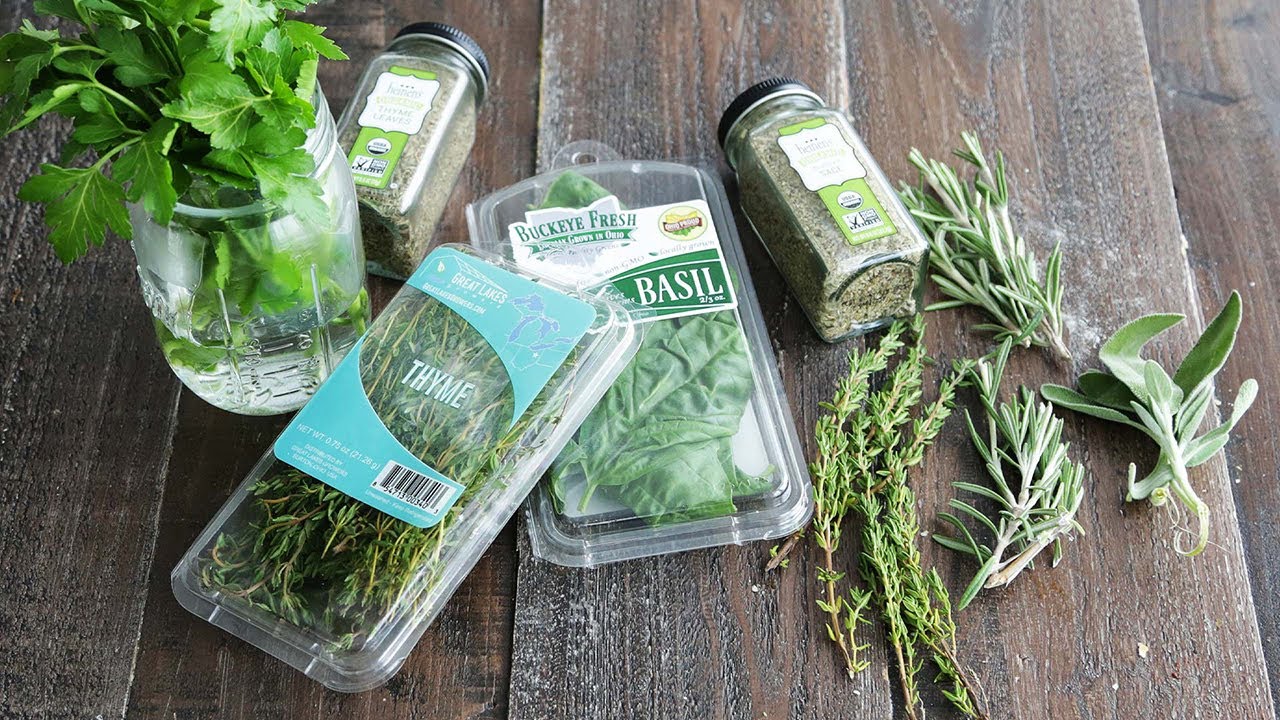
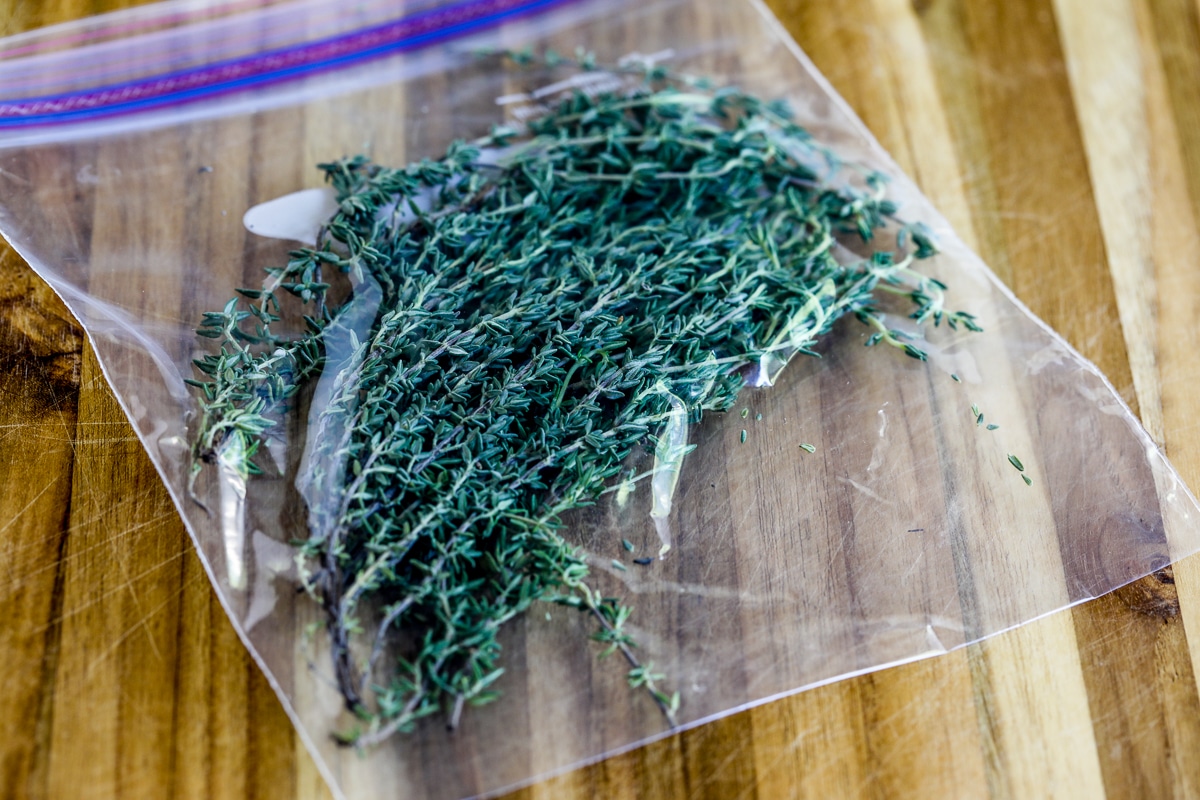


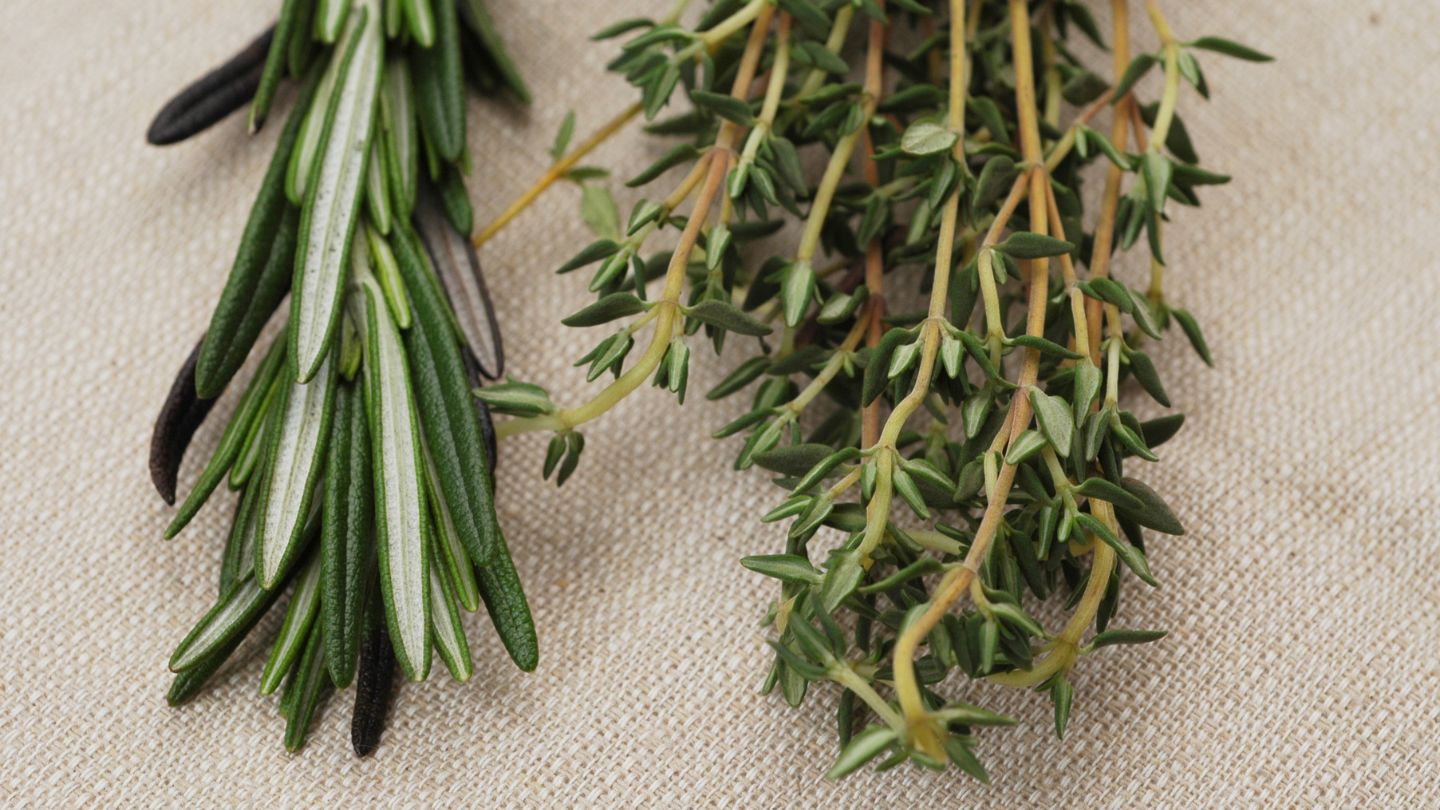
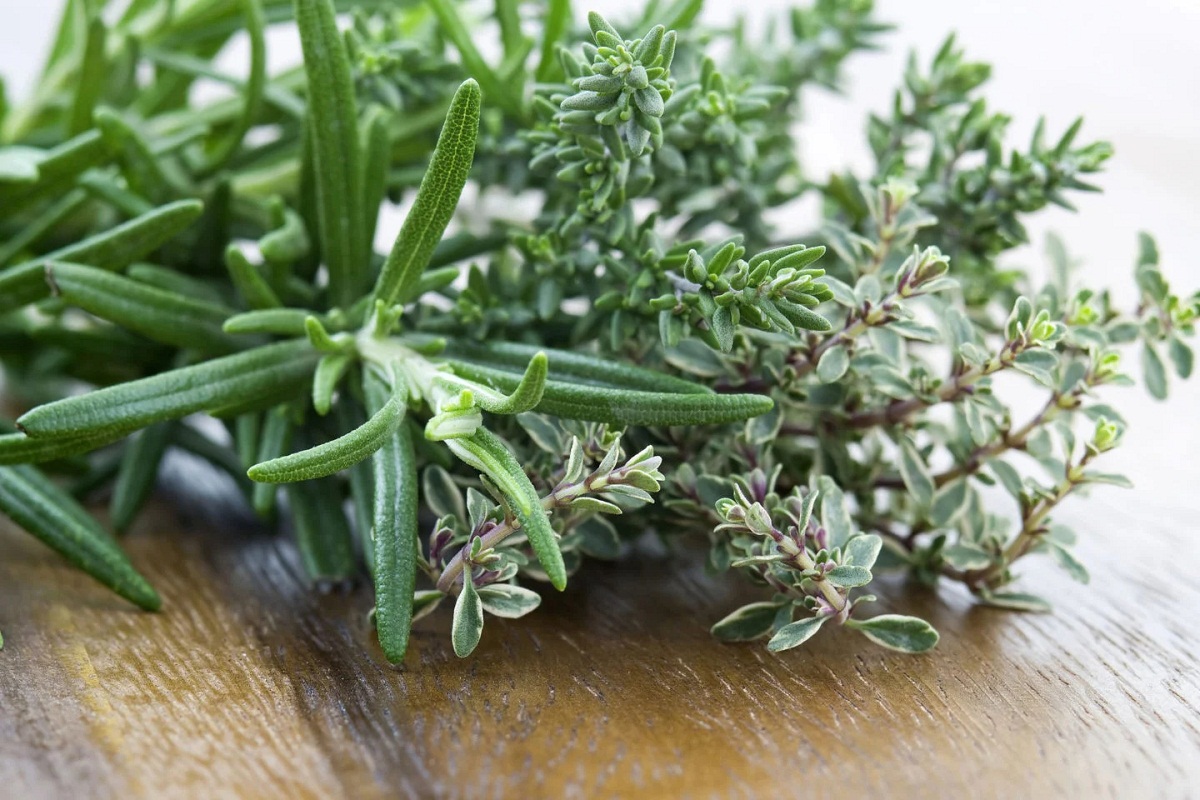
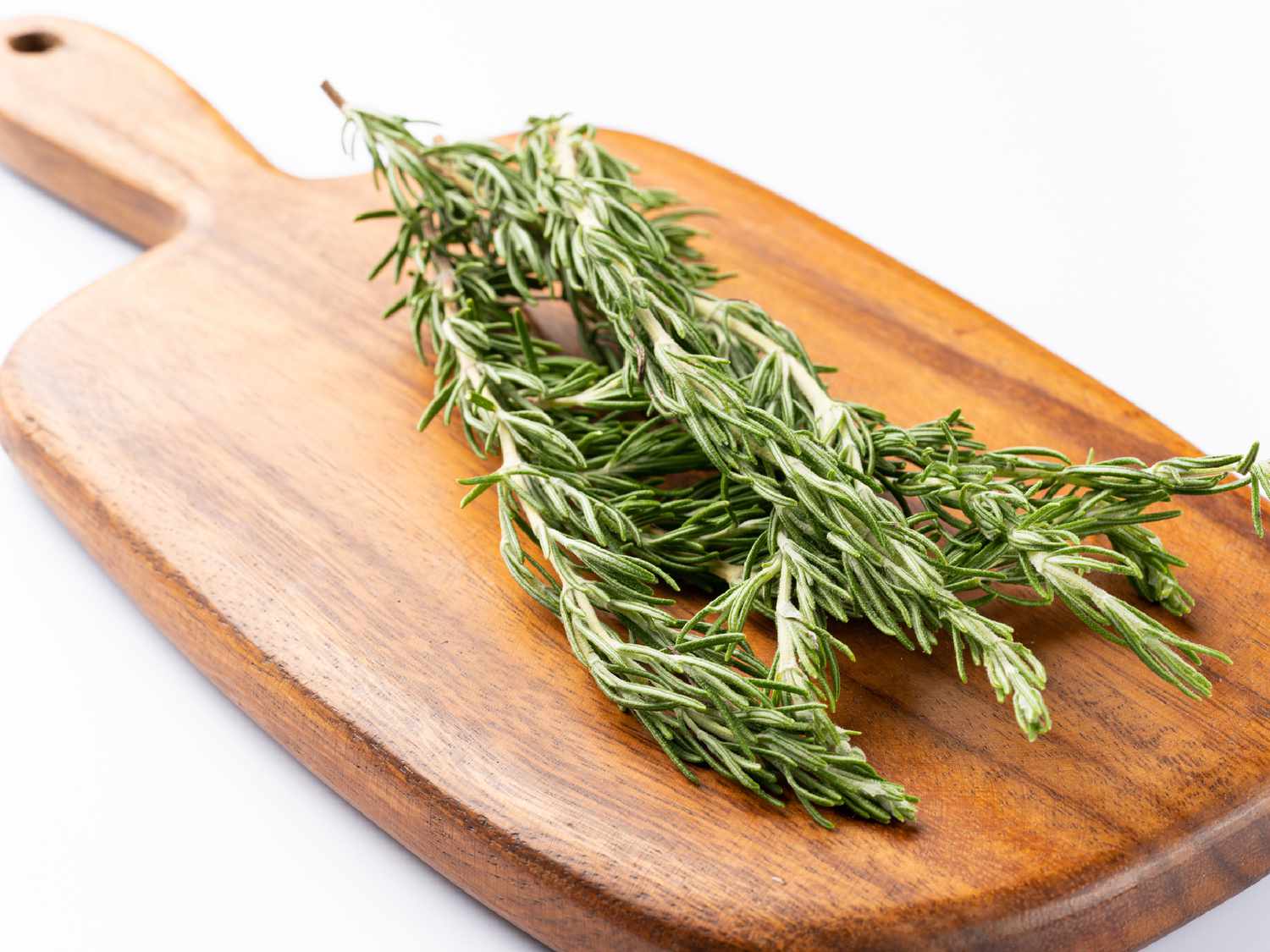
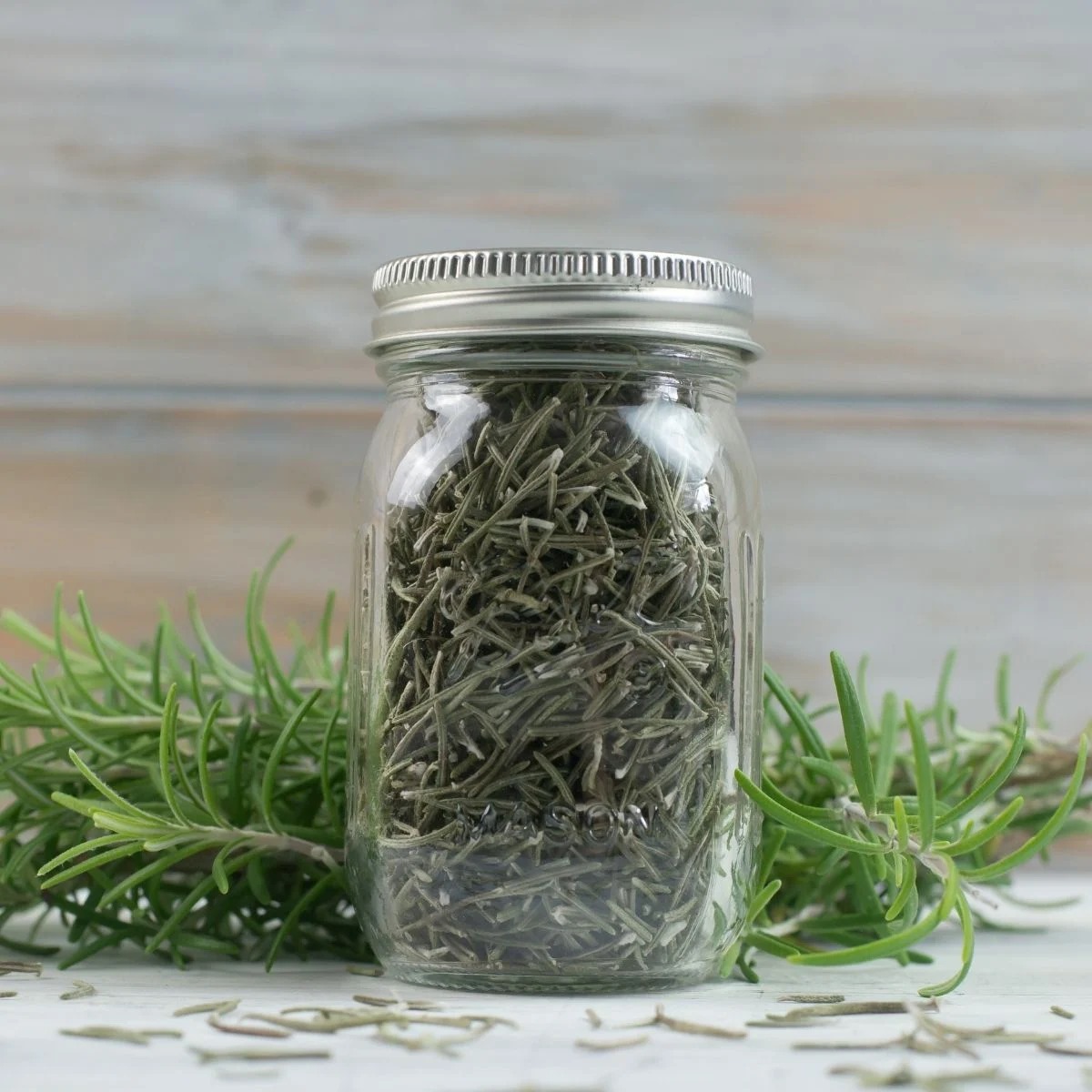
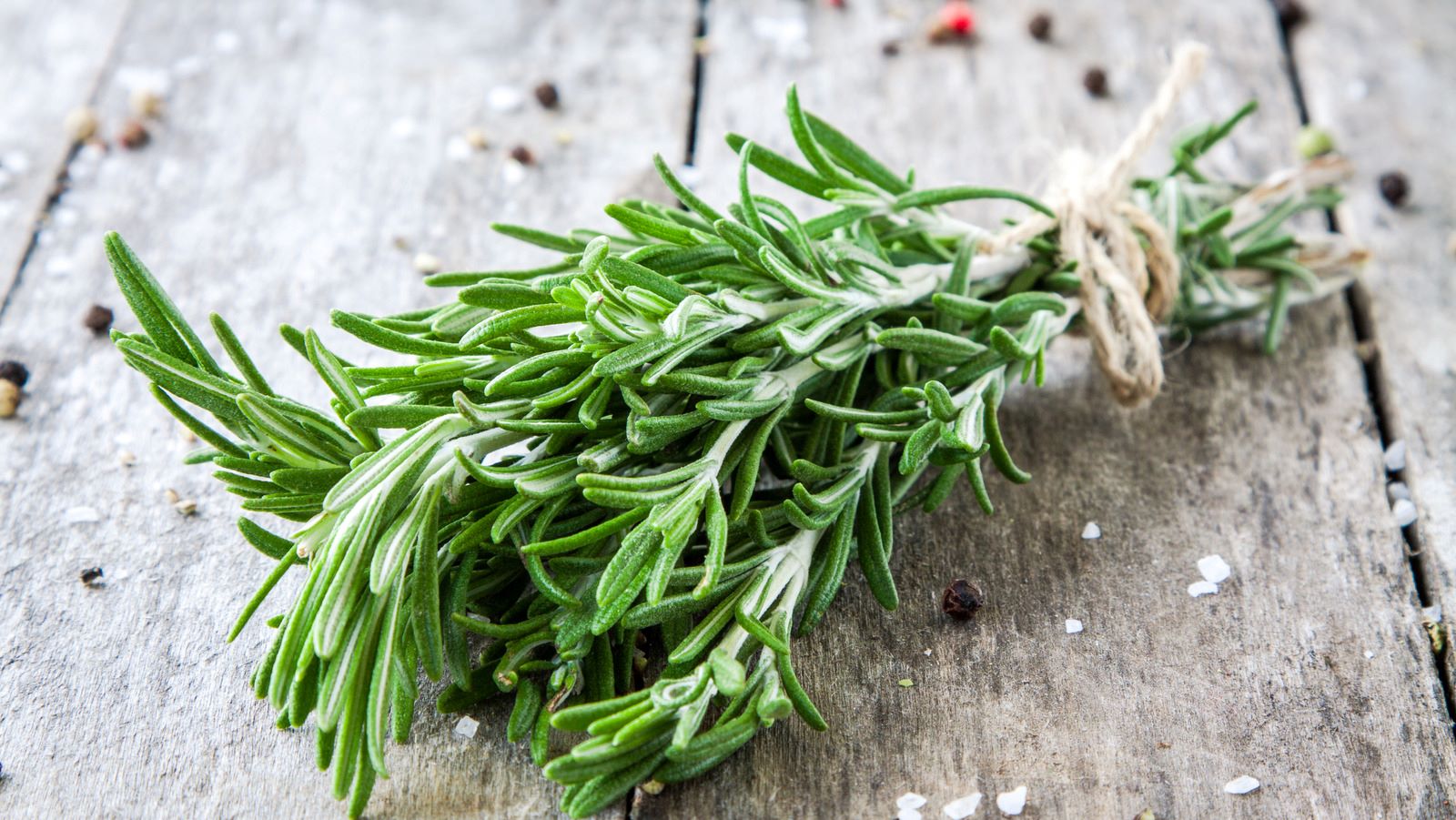
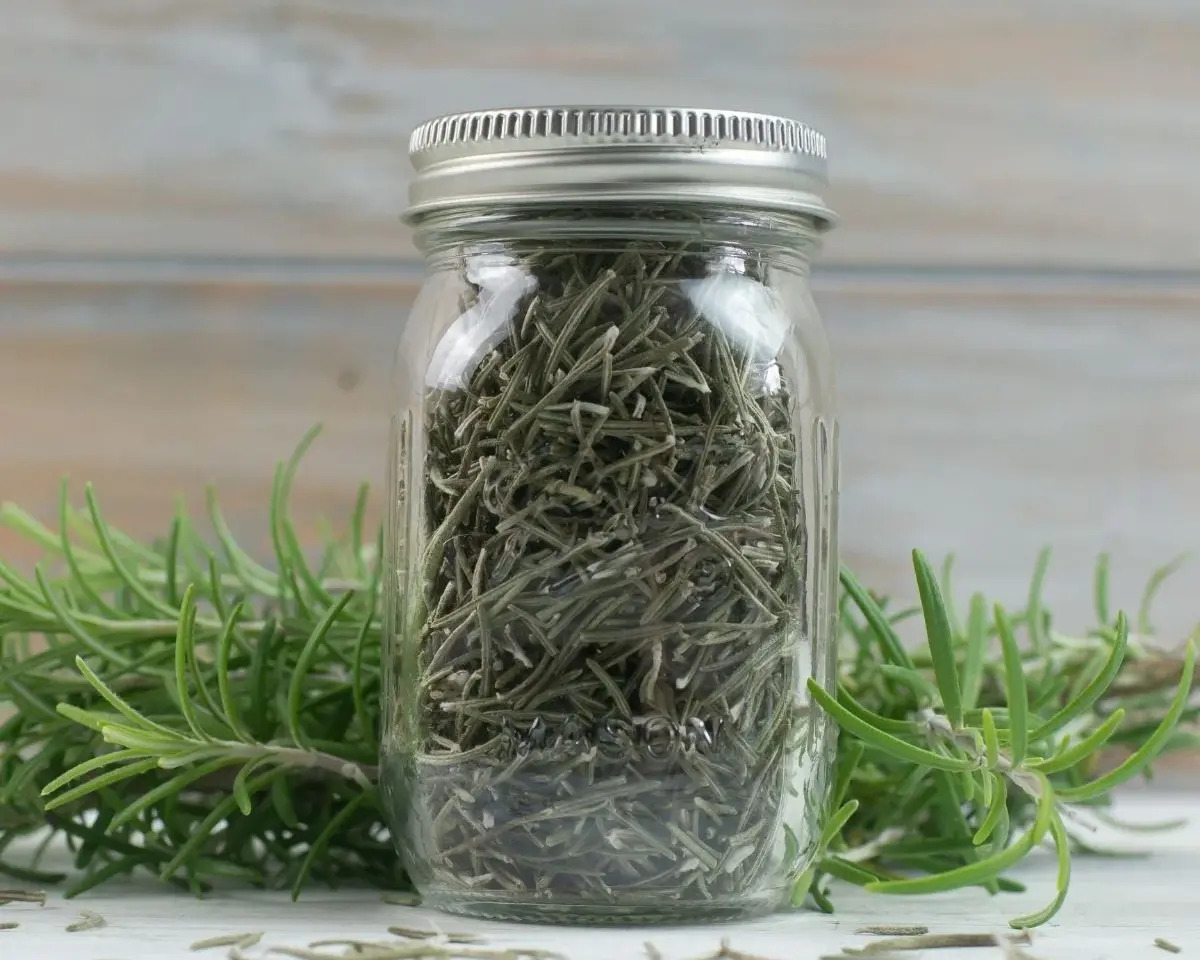

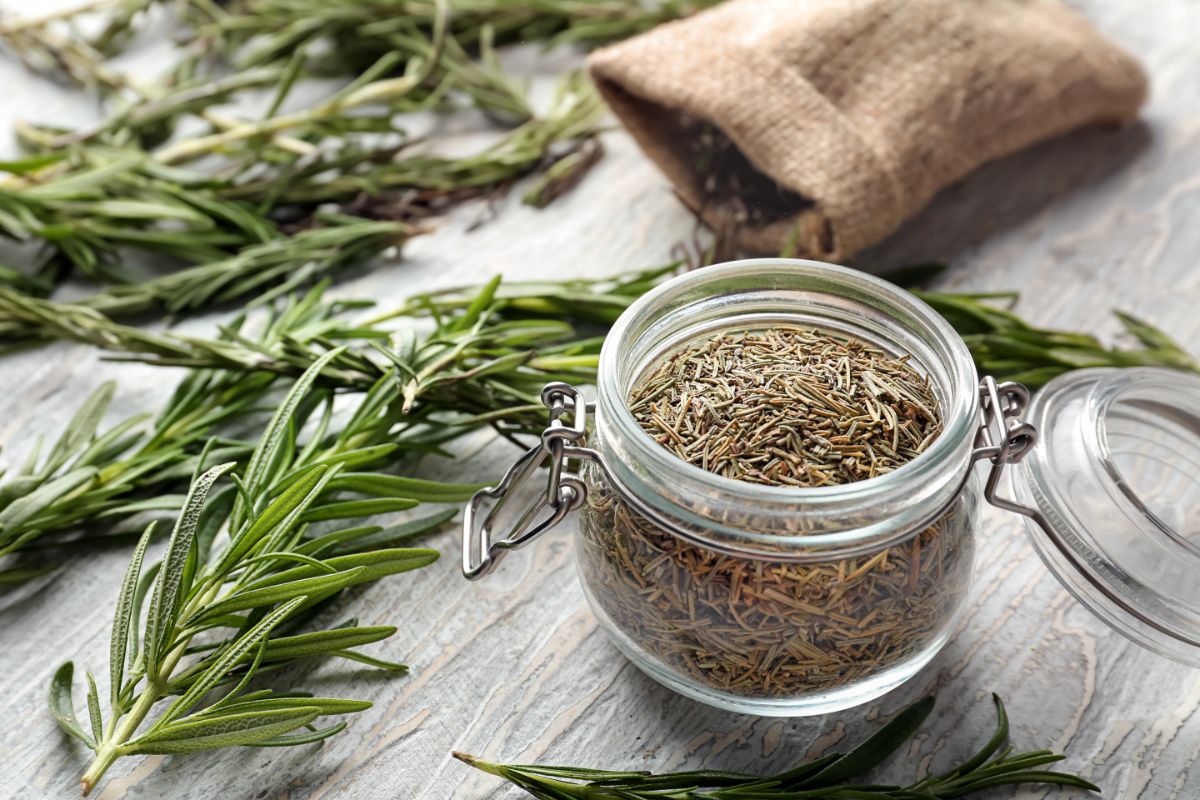

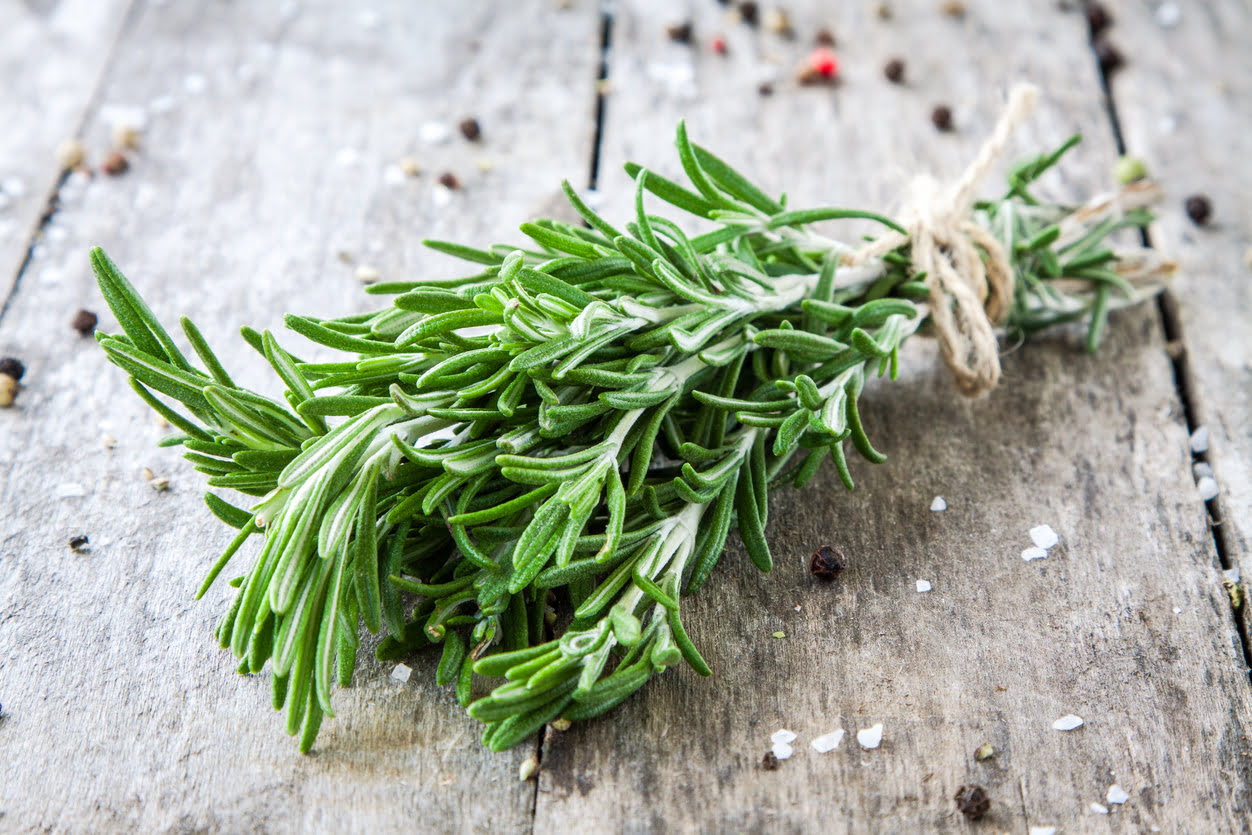


0 thoughts on “How To Freeze Thyme And Rosemary”